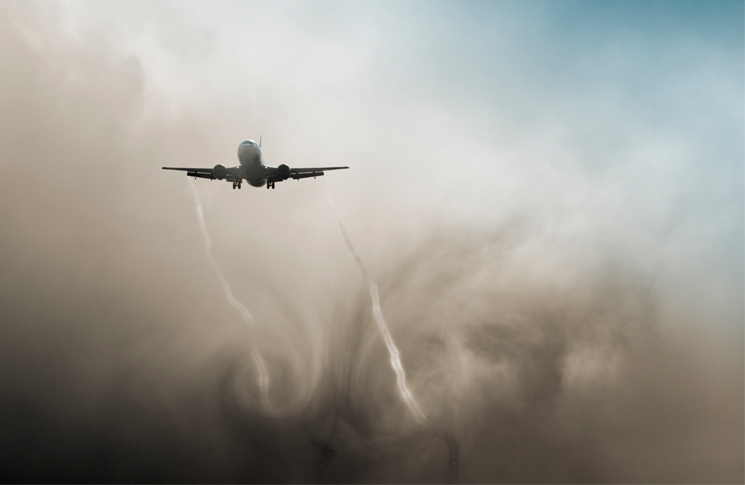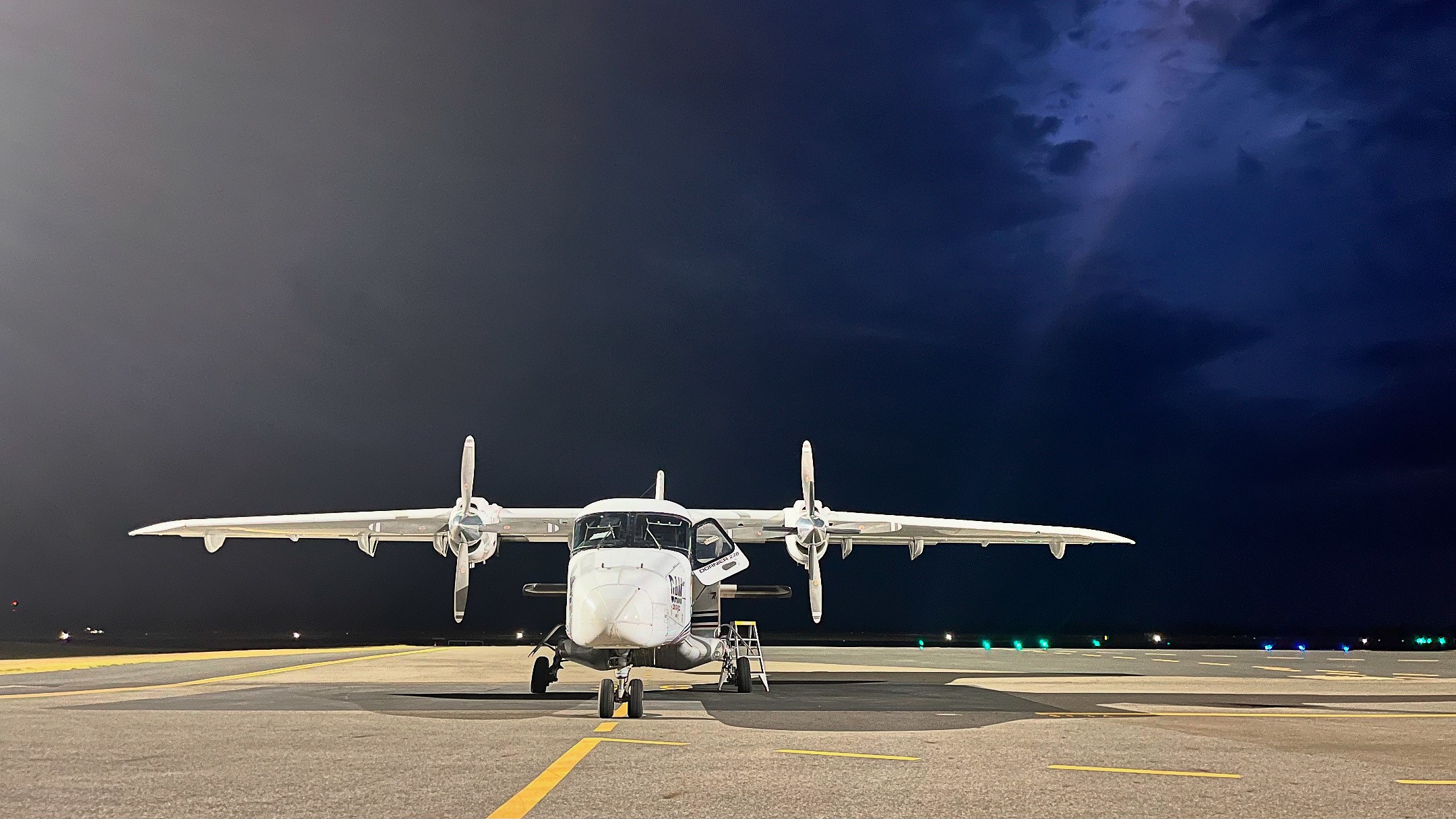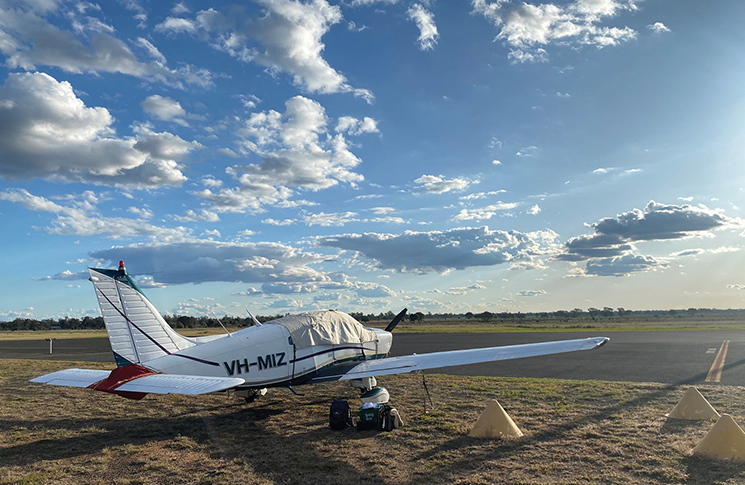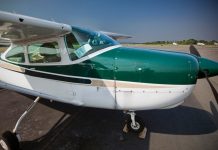The European Aviation Safety Agency (EASA) has issued guidance on en route wake turbulence but says the safety information bulletin is not a direct reaction to the near disastrous encounter between an Airbus A380 and Challenger 604 business jet in January.
The Challenger 604 corporate jet suffered a severe in-fight upset after passing through the wake of an Airbus A380 that had flown overhead with a vertical distance of 1000 ft. The aircraft rolled several times and lost significant altitude. It landed safely, but the airframe was written off because of damage done by the extreme manoeuvring.
Wake turbulence can persist for several minutes behind an aircraft while it descends, however wake turbulence can occur during any phase of flight, depend on prevailing wind and atmospheric conditions. In its new guidance, EASA says en route wake turbulence can persist for as much as 25 nautical miles behind an aircraft.
EASA warns pilots not to use ‘rapid roll control reversals’ or large rudder deflections when trying to respond to a wake encounter. EASA cautions that intentional disconnection of the autopilot ‘can complicate the scenario’, and that keeping the autopilot engaged ‘will, in most cases, facilitate the recovery’.





